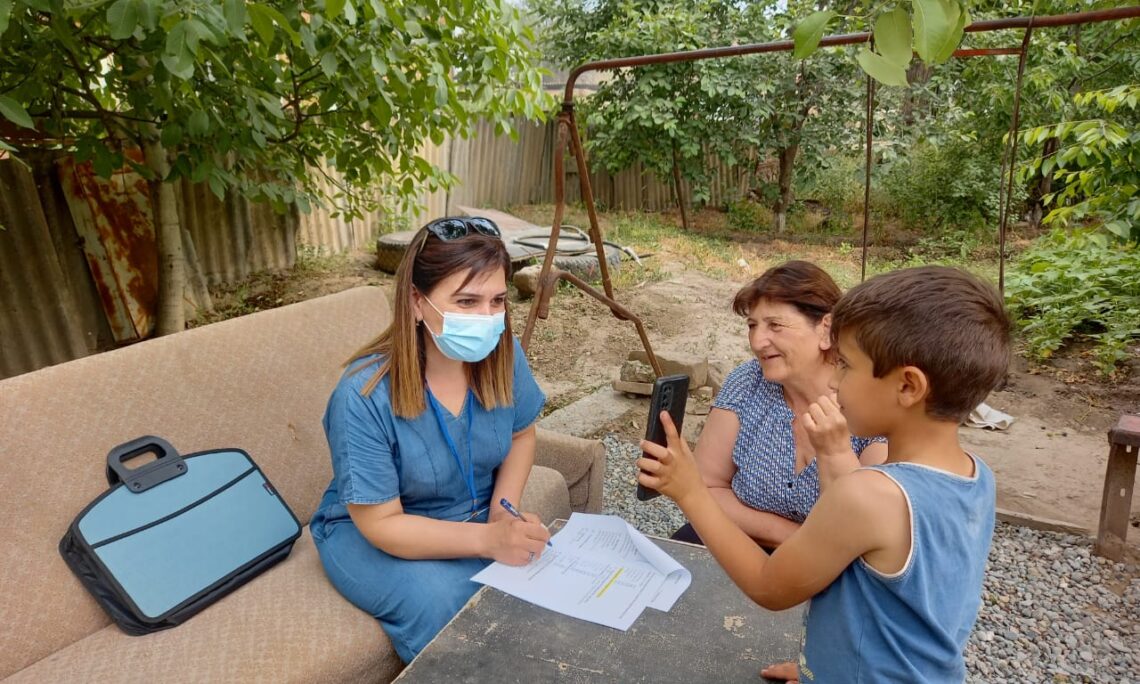Machine learning (ML) has rapidly emerged as one of the most powerful tools in masters in epidemiology research. By combining vast amounts of data with cutting-edge algorithms, researchers are tackling some of the most pressing public health challenges of our time. From predicting disease outbreaks to uncovering hidden patterns in health data, machine learning is transforming how we approach epidemiological studies.
This blog explores how ML is being used in epidemiology research, its key applications, and why it’s becoming essential for public health experts worldwide.
What is Machine Learning in Epidemiology?
At its core, machine learning involves teaching computers to identify patterns and make predictions using data—without explicit programming. When applied to epidemiology, machine learning allows researchers to analyze complex datasets, model disease progression, and assess potential risk factors more efficiently than traditional methods.
Imagine having the power to predict emerging epidemics in real-time or uncover complex relationships between diseases and environmental factors. That’s what machine learning brings to the table.
Applications of Machine Learning in Epidemiology
1. Disease Outbreak Prediction
One of the most impactful areas of ML in epidemiology is predicting disease outbreaks. By analyzing data from multiple sources, such as weather patterns, population movements, and historical health records, machine learning models can forecast where and when outbreaks are likely to occur.
For example:
- During the COVID-19 pandemic, researchers used ML to track infection trends and predict surges worldwide. Google’s AI-based platform, DeepMind, applied ML to predict protein structures in the virus, aiding vaccine development.
- Another notable case is cholera outbreaks, where ML models have combined climate data with waterborne disease patterns to warn local communities before an outbreak strikes.
These predictions save lives by enabling governments and health organizations to act preemptively.
2. Improving Disease Diagnosis
Accurate diagnosis is a key challenge in healthcare and epidemiology. Machine learning models can analyze patient symptoms, test results, and historical health data to improve diagnosis accuracy. This is especially critical when distinguishing between diseases with overlapping symptoms, such as dengue and malaria.
For instance:
- ML algorithms have been employed to detect cancer early by analyzing medical imaging.
- Other models use lab data to identify sepsis, a potentially fatal condition, hours earlier than human doctors could.
Early detection not only improves patient outcomes but also reduces the strain on healthcare resources.
3. Analyzing Social Determinants of Health
Epidemiological studies often look beyond biological factors to examine how social conditions impact public health. Machine learning can efficiently sift through large datasets—spanning income levels, housing conditions, or access to healthcare—to identify patterns that would otherwise go unnoticed.
For example:
- Researchers have used ML to study how urban pollution levels correlate with respiratory issues.
- Other studies have analyzed how access to nutritious food affects chronic disease prevalence.
This approach allows policymakers to address the root causes of health inequities, leading to more effective interventions.
4. Modeling Disease Spread
Traditional epidemiological models, such as SIR (Susceptible, Infectious, Recovered), require assumptions that may oversimplify reality. Machine learning introduces more flexibility and accuracy by integrating additional variables into these models.
For example:
- ML-based models of influenza rely on social media data, search engine queries, and hospital visits to track and predict disease spread.
- Similarly, researchers are applying neural networks to map disease transmission dynamics in densely populated regions.
This enables better response strategies and resource allocation during epidemics.
Challenges in Implementing Machine Learning
While ML offers immense potential, researchers face significant challenges:
- Data Quality and Availability: Machine learning models require large, high-quality datasets to function effectively. However, many regions lack comprehensive health data, limiting ML’s potential impact.
- Biases in Data: Since models learn from collected data, inaccuracies or biases can result in flawed conclusions.
- Interpretability: Many machine learning models, especially neural networks, operate as black boxes, making it difficult to explain how decisions are made.
Overcoming these hurdles requires collaboration between data scientists, epidemiologists, and public health officials to ensure robust and transparent use of machine learning in research.
The Future of Epidemiology is AI-Driven
Machine learning is revolutionizing epidemiology, shaping the way we understand and respond to public health challenges. Whether it’s predicting outbreaks, improving diagnoses, or targeting interventions more effectively, ML is reshaping the field in ways that were unimaginable just a decade ago.
For researchers, public health experts, and governments, the challenge now is clear: invest in the tools, expertise, and infrastructure needed to harness the full potential of machine learning. When leveraged ethically and strategically, machine learning has the potential to save millions of lives and improve global health outcomes.




